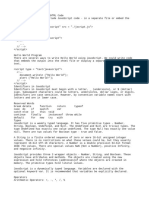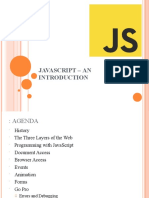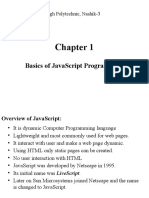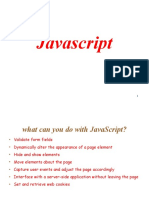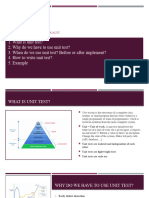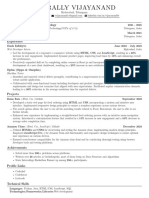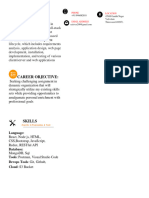0% found this document useful (0 votes)
35 views15 pagesWeb Tech Unit 2 Part1
The document provides a comprehensive overview of JavaScript, covering its definition, characteristics, features, and how it operates in web development. It discusses objects, primitives, operations, control statements, arrays, functions, and constructors, detailing their syntax, properties, and methods. Additionally, it highlights advantages and disadvantages of JavaScript, as well as best practices for using constructors.
Uploaded by
sr1979605Copyright
© © All Rights Reserved
We take content rights seriously. If you suspect this is your content, claim it here.
Available Formats
Download as PDF, TXT or read online on Scribd
0% found this document useful (0 votes)
35 views15 pagesWeb Tech Unit 2 Part1
The document provides a comprehensive overview of JavaScript, covering its definition, characteristics, features, and how it operates in web development. It discusses objects, primitives, operations, control statements, arrays, functions, and constructors, detailing their syntax, properties, and methods. Additionally, it highlights advantages and disadvantages of JavaScript, as well as best practices for using constructors.
Uploaded by
sr1979605Copyright
© © All Rights Reserved
We take content rights seriously. If you suspect this is your content, claim it here.
Available Formats
Download as PDF, TXT or read online on Scribd
/ 15


























